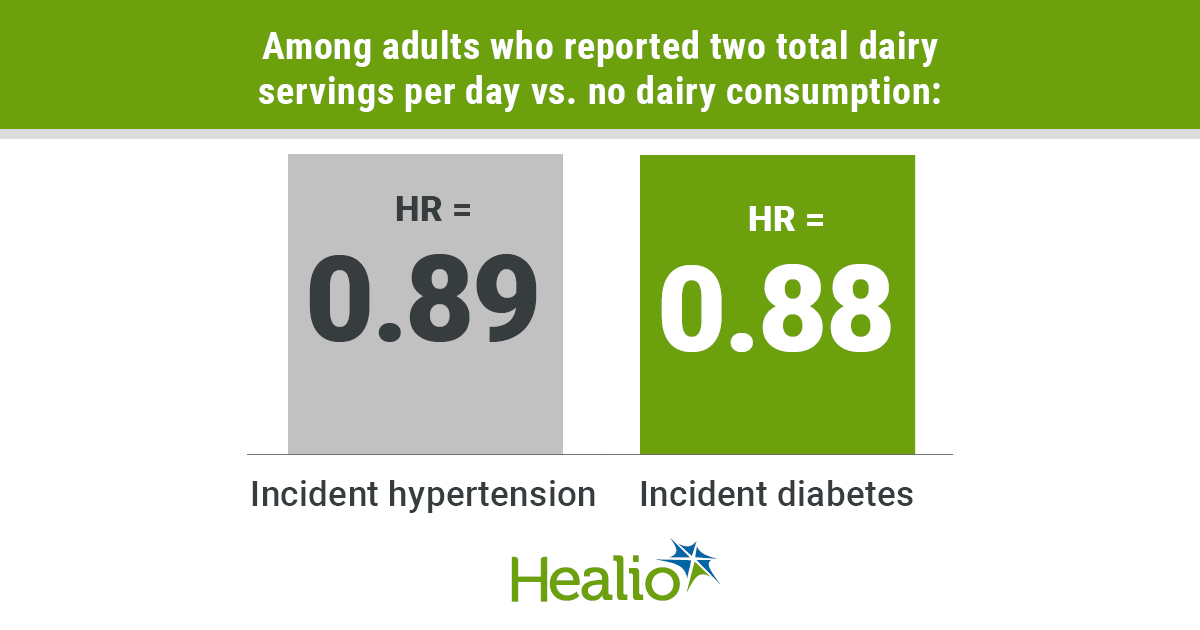But this can't be true. This line from this research come to the opposite conclusion. So go ask your doctor for clarification. You do need a diet protocol, WHEN THE HELL WILL YOUR DOCTOR PROVIDE ONE?
For each 1 percentage point increase in milk fat consumed (e.g., 1% to 2%), adults had more than 4 years of additional biological aging
From here:
Milk Fat Intake and Telomere Length in U.S. Women and Men: The Role of the Milk Fat Fraction
March 2020
Or maybe this one?
Higher dairy intake may lower CVD, mortality risks
September 2018
Confusion reigns.
The latest here:
Consuming high-fat dairy tied to less metabolic syndrome, diabetes, hypertension
Higher intake of whole-fat — but not low-fat — dairy is associated with a lower prevalence of metabolic syndrome, as well as lower incidence of hypertension and diabetes, researchers reported.“Higher intake of dairy foods, such as milk, yogurt and cheese, especially from whole-fat dairy rather than low-fat dairy, is associated with a lower prevalence of metabolic syndrome and with a lower risk for developing hypertension and diabetes,” Andrew Mente, PhD, associate professor, Population Health Research Institute, McMaster University, Ontario, told Healio. “Consumption of two to three servings of dairy, especially from whole-fat dairy foods, may represent a feasible and low-cost approach to reducing hypertension, diabetes, and ultimately cardiovascular disease events worldwide.”
Global analysis
In a cross-sectional study published in BMJ Open Diabetes Research & Care, Mente and colleagues analyzed data from 112,922 participants in the PURE study, a prospective, epidemiological study of adults aged 35 to 70 years from 21 countries on five continents, with a median follow-up of 9.1 years. Participants completed country-specific validated food frequency questionnaires. Total dairy was defined as milk, yogurt, yogurt drink, cheese, and mixed dishes prepared with dairy; mixed dishes prepared with dairy were disaggregated into their constituents and a proportional weight was assigned to each component. Researchers grouped foods as whole-fat dairy and low-fat dairy. Follow-up occurred at least once every 3 years by telephone or in-person visits by local research teams; participants were asked if they had been diagnosed with hypertension of diabetes.

Andrew Mente
Within the cohort, mean total dairy intake was 179 g per day, with whole-fat dairy consumption almost twice as high as low-fat dairy consumption (mean, 124.6 g per day vs. 65 g per day). Researchers observed the highest intakes of total dairy in Europe, North America, the Middle East and South America; lowest intakes were observed in South Asia, China, Africa and Southeast Asia.
 H
H
No comments:
Post a Comment